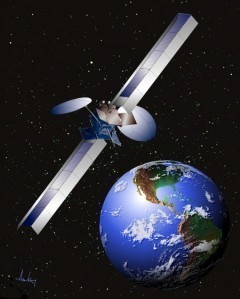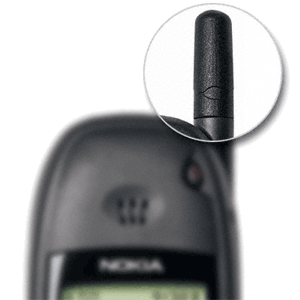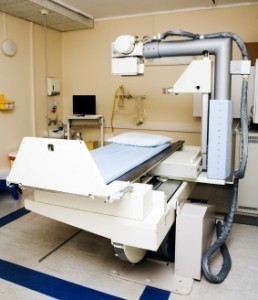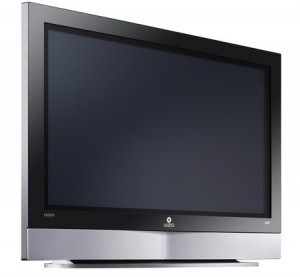Satellite Dimensions
The satellites below were all made for astronomical /  atmospheric studies. Currently, the US, Russia, Iran, Israel, the UK, India, France and Ukraine are all capable of launching satellites.
atmospheric studies. Currently, the US, Russia, Iran, Israel, the UK, India, France and Ukraine are all capable of launching satellites.
Satellite Dimensions: Sputnik 1 (Soviet Union)
Launched on October 4, 1957, Sputnik 1 had a mass of 83.6 kg (184.3 lb). The semimajor axis was 6,955.2 km (4,321.8 mi). It had 1,440 orbits and had an eccentricity of 0.05201 degrees. Its inclination was 65.1 degrees and had an orbital period of 96.2 minutes.
The apoapsis was 7,310 km (4,540 mi) from the center. From the surface it was 939 km (583 mi). The periapsis was 6,586 km (4,092 mi) from the center and 215 km (134 mi) from the surface.
Sputnik’s mission was to study the atmosphere. The Sputnik burned up on 4 January 1958 as it reentered the Earth’s atmosphere.
Satellite Dimensions: Explorer 1 (US)
The Explorer 1 had a mass of 13.97 kg (30.80 lb), with a semimajor axis of 7,832.2 km (4,866.6 miles). The eccentricity was .139849 and the inclination was 33.24 degrees. It had 56,000 orbits with an apoapsis of 2,550 km (1,585 miles).
The periapsis was 358 km (222 miles). The Explorer was launched on February 1, 1958 for Earth science studies. Transmission ended on May 23, 1958. The Explorer I made its return to Earth on March 31, 1970.
Both the Explorer 1 and the Sputnik 1 made significant contributions to science. However they are best known for being products of the space race that emerged during the Cold War.
Satellite Dimensions: Prospero (UK)
Launched on October 28, 1971, the Prospero is the last satellite to be propelled by a UK satellite. The mass is 66 kg and has an inclination of 82 degrees. The orbital period is 104.4 minutes and the apoapsis is 1,402 kilometers (871 mi). The periapsis is 531 kilometers (330 mi).
Its original name was Puck but was changed to Prospero after the announcement it would be the last. The device was launched from Woomera, South Australia using a Black Arrow rocket. The satellite was built to study micrometeorites. Although it was turned off in 1996, transmission was still audible at 137.560 MHz (as of 2006).
Satellite Dimensions: Rohini (India)
The Rohini refers to several experimental satellites. The first was the RTP launched on 1979-08-10 and had a mass of 30 kg. The next one was the RS-1 which also had a mass of 35 kg. It utilized 16 W and had an orbit of 305 x 919 km. Its lifespan was 1 year and 8 months.
The RS-D1 had a mass of 38 kg and was launched on 1981-05-31. However the satellite did not attain the desired height. It stayed in orbit for only nine days. The RS-D2 weighed 41.5 kg and had 16 W of power. It was launched on 1983-04-17 and returned to the Earth’s atmosphere on 1990-04-19.
As the years have gone by, the space / astronomical satellite dimensions have changed and become more powerful. However, their purpose remains the same; to broaden man’s knowledge of the cosmos and Earth.





